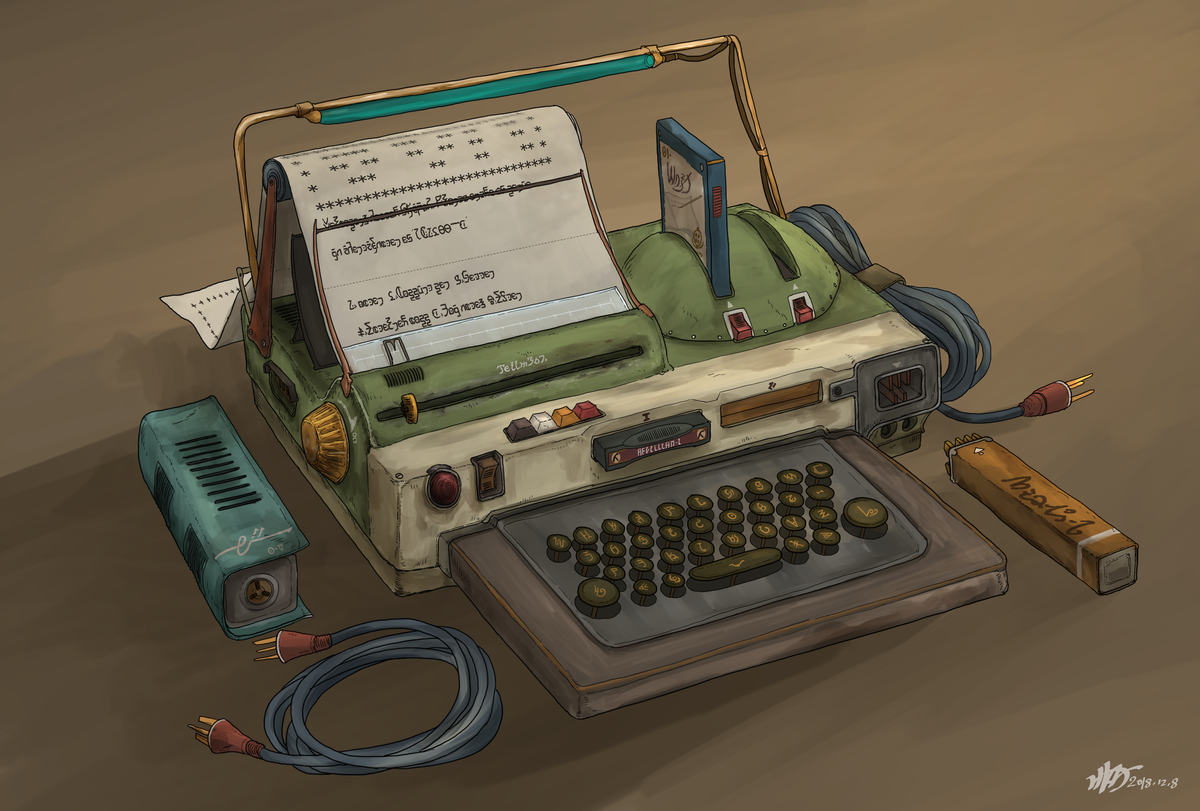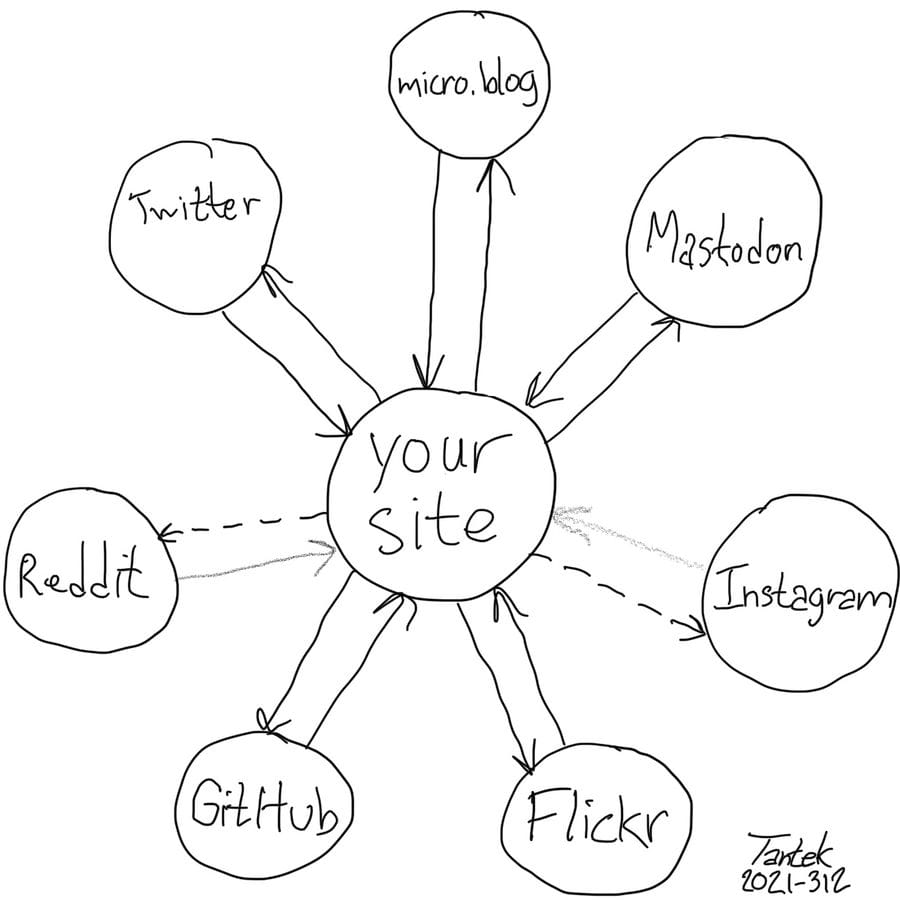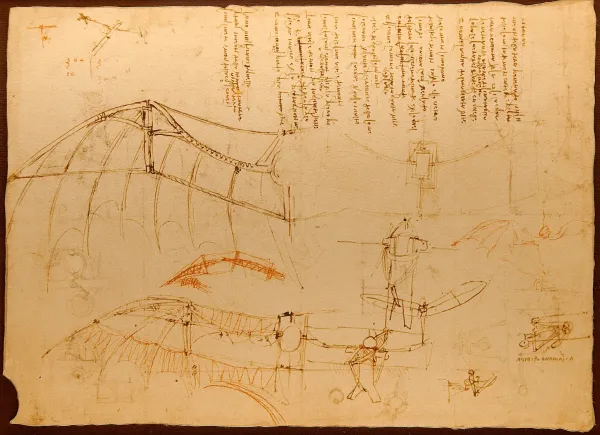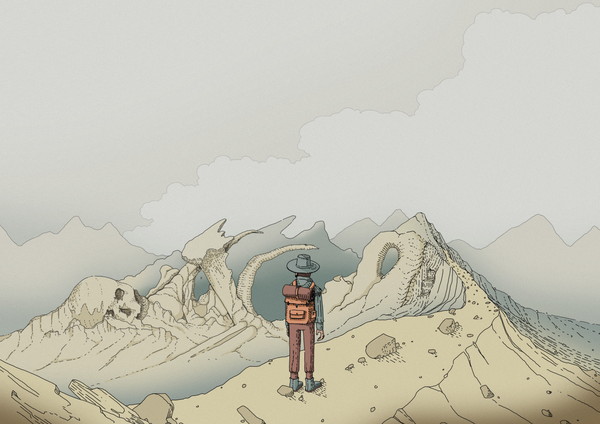Data Defragmentation

'Weird the data importer' is our wedge into the data fortresses keeping our digital identities captive.
PESOS - Recenter the publishing pipeline
PESOS is an acronym for Publish Elsewhere, Syndicate (to your) Own Site. It's a syndication model where publishing starts by posting to a 3rd party service, followed by an archived copy on your own (Weird) site.
Essentially a microscopic Internet Archive, just for your own digital footprint on the internet. 'Weird: ₱ESOS-edition' aggregates all of your digital personas into a harmonious mosaic, made completely yours by combination of cloud backing and local-first storage.
It's a personal webspaces aggregator.
We've already started working on several importers, and will support many more in the months to come, prioritized by customer demand:
- GitHub, GitLab & Forgejo
- Mastodon
- Bluesky (as a prospective PDS backup/host for Bluesky/ATProto we’re closely following the emerging Account Hosting specs)
- Blog RSS
- Chat (Discord, Zulip et.al.)
- OPML (for sharing blog & podcast feeds)
- Read-it-later (Raindrop, Omnivore..)
Once you can combine your webspaces, you also gain the ability to create mashups of topically related content from different sources.
If for example I've shared some half-baked thoughts about 'open source licensing' on my microblogs as well as in some chat rooms, Weird lets me defragment those disparate musings into a coherent train of thought on a single page that can keep pulling in content from several sources.
POSSE - Web sovereignty
The opposite approach is called POSSE: Publish (on your) Own Site, Syndicate Elsewhere.
In this model an author publishes original content to their own site and then syndicates copies to 3rd party services. By IndieWeb standards this is the ideal approach, since your ability to publish content is not beholden to a 3rd party.

/cdn.vox-cdn.com/uploads/chorus_asset/file/24596746/236620_Activitypub_New_Social_Protocol_HHerrera.jpeg)
Setting up a POSSE pipeline however requires not just the right infrastructure (for which conscientious authors like Molly White and Cory Doctorow have bespoke setups), but also a big shift in workflow.
We're so used to posting on the big platforms that flipping that flow on its head can be highly disruptive. Such a transition takes time, and for casual posters it may never be necessary. Most people will probably want a combination of both.

Hence our commitment to both models, starting with the least laborious one.






